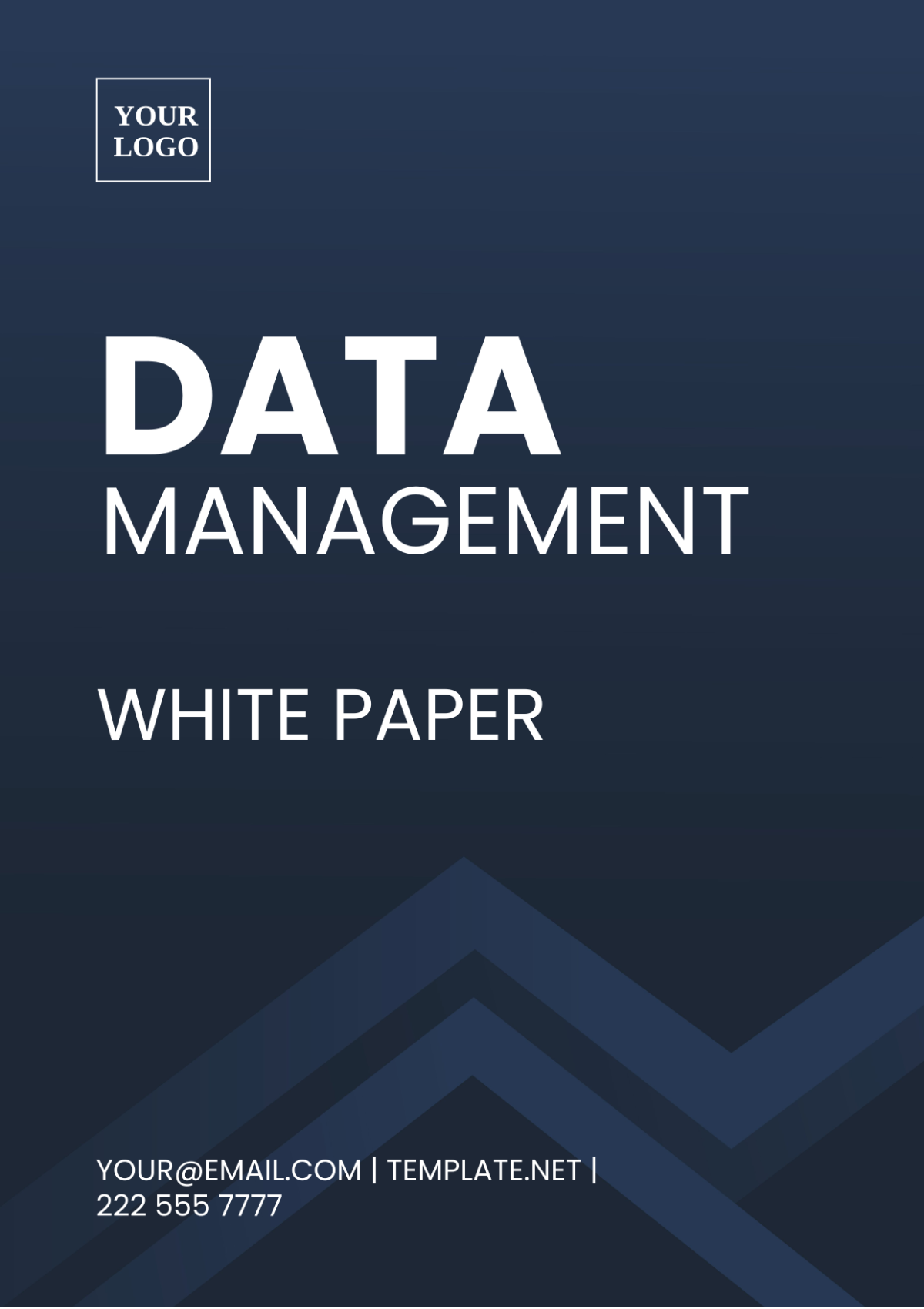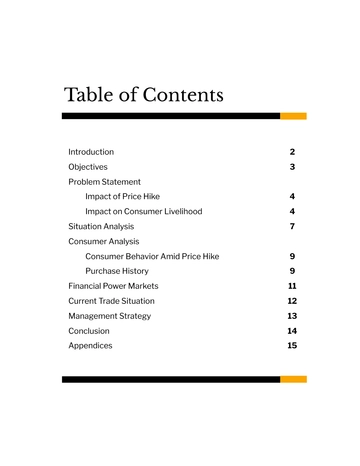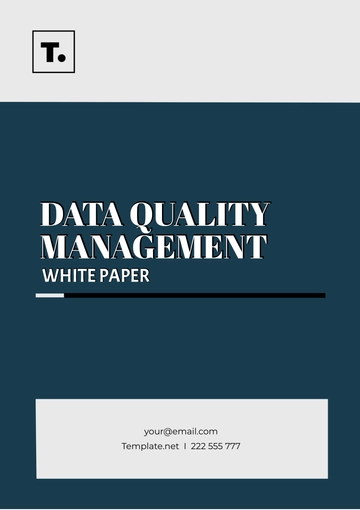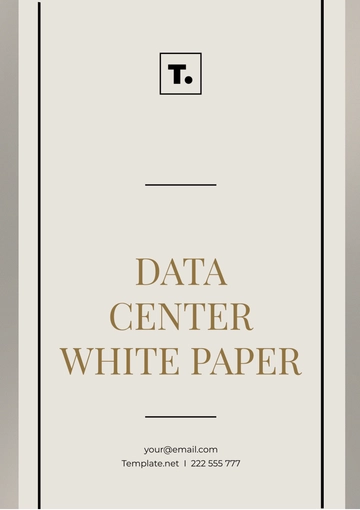Data Management White Paper
_________________________________________________________________________________
_________________________________________________________________________________
Author: [YOUR NAME]
Department: [YOUR DEPARTMENT]
Date: [DATE]
_________________________________________________________________________________
I. Executive Summary

This White Paper provides an in-depth analysis and strategic approach to optimizing data management practices within [YOUR COMPANY NAME]. This document outlines key strategies, innovative technologies, and operational improvements that can significantly enhance data processing, storage, security, and compliance.
II. Introduction
The need for effective data management has never been more critical as businesses increasingly rely on vast amounts of data to make informed decisions. This section discusses the challenges currently faced by [YOUR COMPANY NAME] in managing data efficiently.
III. Challenges in Current Data Management

Data Volume Growth
Data Security and Privacy Concerns
Inefficient Data Integration
Lack of Real-time Data Access
IV. Objectives of the New Data Management Strategy
V. Proposed Data Management Strategy
This section details the proposed strategies for addressing the identified challenges and achieving the set objectives. It also highlights the benefits of implementing these strategies for [YOUR COMPANY NAME].
Adoption of Cloud Storage Solutions
Implementation of Robust Data Encryption Techniques
Utilization of Data Quality Management Tools
Incorporation of Real-time Data Processing Technologies
VI. Technology Considerations
Discuss the technological investments necessary to support the new data management strategies, including software, hardware, and IT infrastructure upgrades.
VII. Implementation Roadmap
Provide a phased approach to implementing the data management solutions outlined, including key milestones and timelines.
Phase | Key Activities | Expected Completion |
|---|
1. Planning and Analysis | Identify data management needs and required technologies | [SPECIFY DATE] |
2. Implementation | Deploy new software and training for staff | [SPECIFY DATE] |
3. Review and Optimization | Monitor system performance and make adjustments | [SPECIFY DATE] |
VIII. Risk Assessment and Mitigation Strategies
Identify potential risks associated with the new data management initiatives and outline strategies to mitigate these risks.
IX. Conclusion

In conclusion, the strategic data management framework proposed for [YOUR COMPANY NAME] is designed to transform the way data is handled, ensuring greater efficiency, security, and compliance.
VIII. References
Data Volume Growth
Siddiqa, A., Hashem, M., Yaqoob, I., Marjani, M., Shamshirband, S., Gani, A., & Nasaruddin, F. H. (2016). A survey of big data management: Taxonomy and state-of-the-art. Journal of Network and Computer Applications, 71, 151–166. https://doi.org/10.1016/j.jnca.2016.04.008
Data Security and Privacy Concerns
Chen, H., Chiang, R. H. L., & Storey, V. C. (2012). Business Intelligence and Analytics: From big data to Big impact. Management Information Systems Quarterly, 36(4), 1165. https://doi.org/10.2307/41703503
Inefficient Data Integration
Loebbecke, C., & Picot, A. (2015). Reflections on societal and business model transformation arising from digitization and big data analytics: A research agenda. Journal of Strategic Information Systems, 24(3), 149–157. https://doi.org/10.1016/j.jsis.2015.08.002
IX. Appendix
Include supplementary information such as detailed data tables, technical descriptions, or in-depth case studies.
White Paper Templates @ Template.net

































